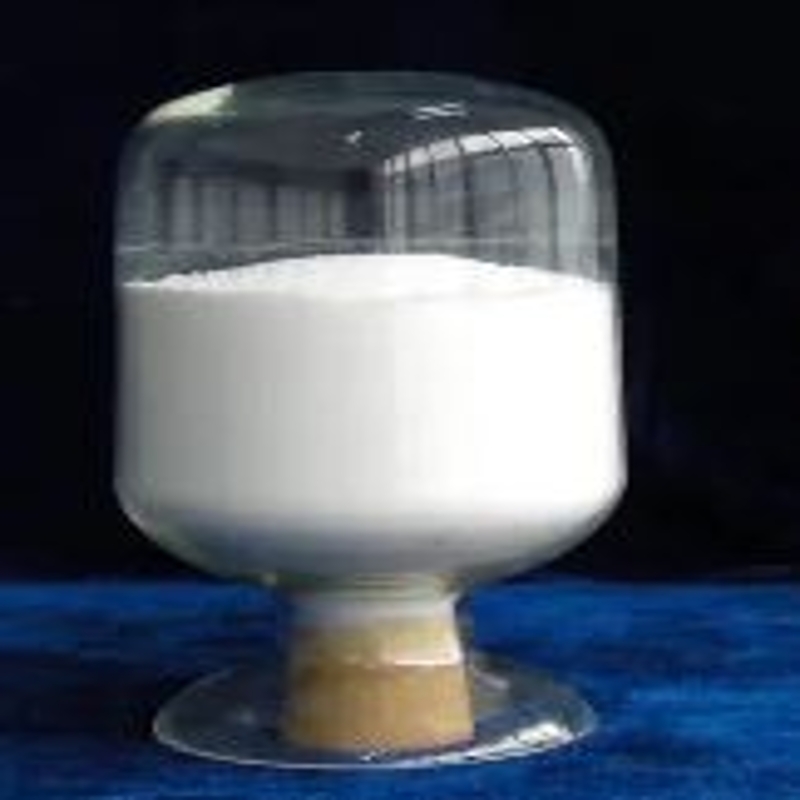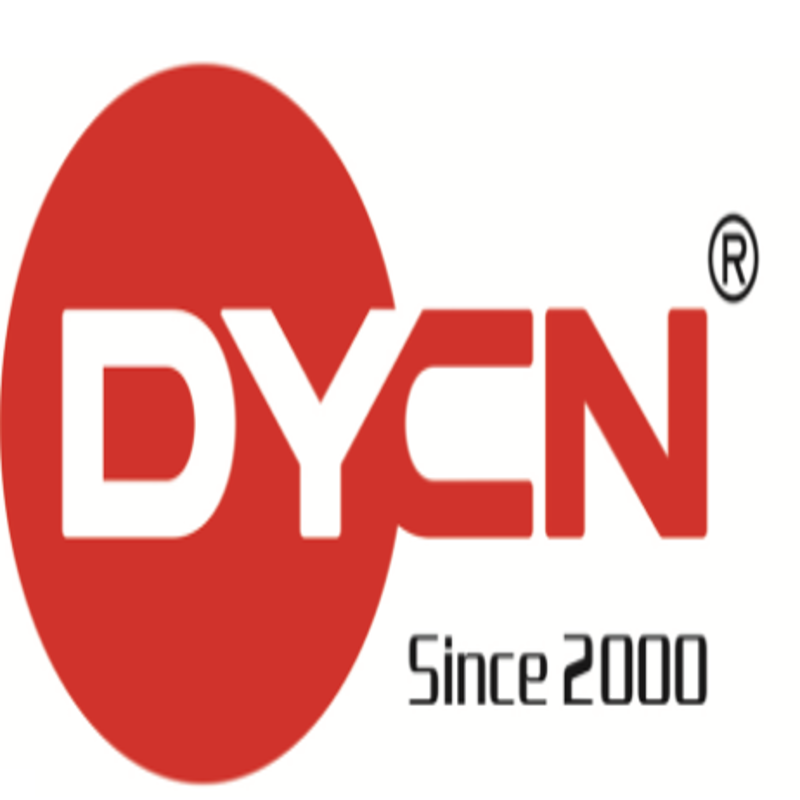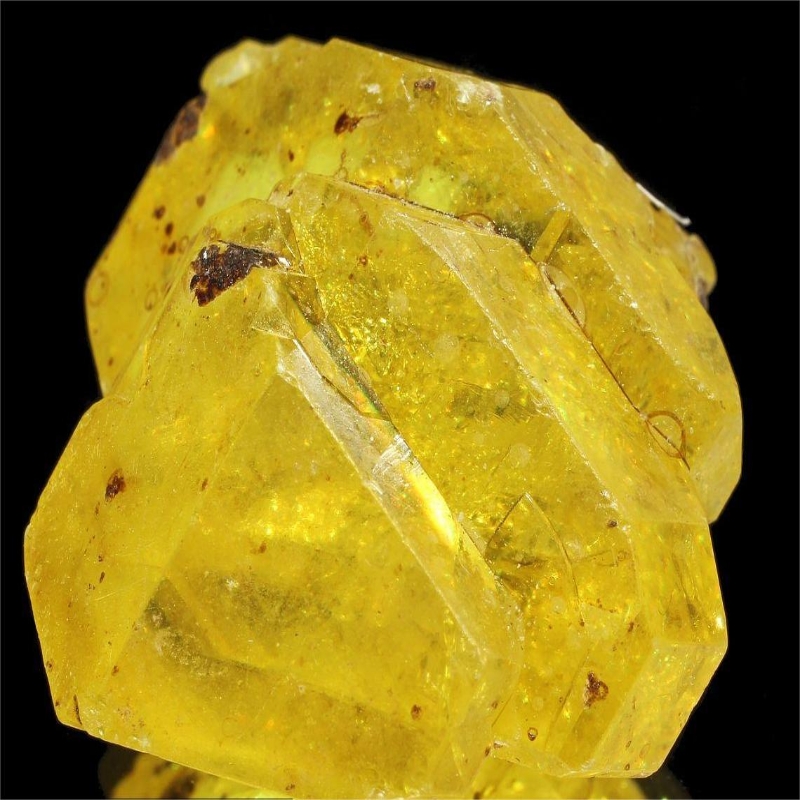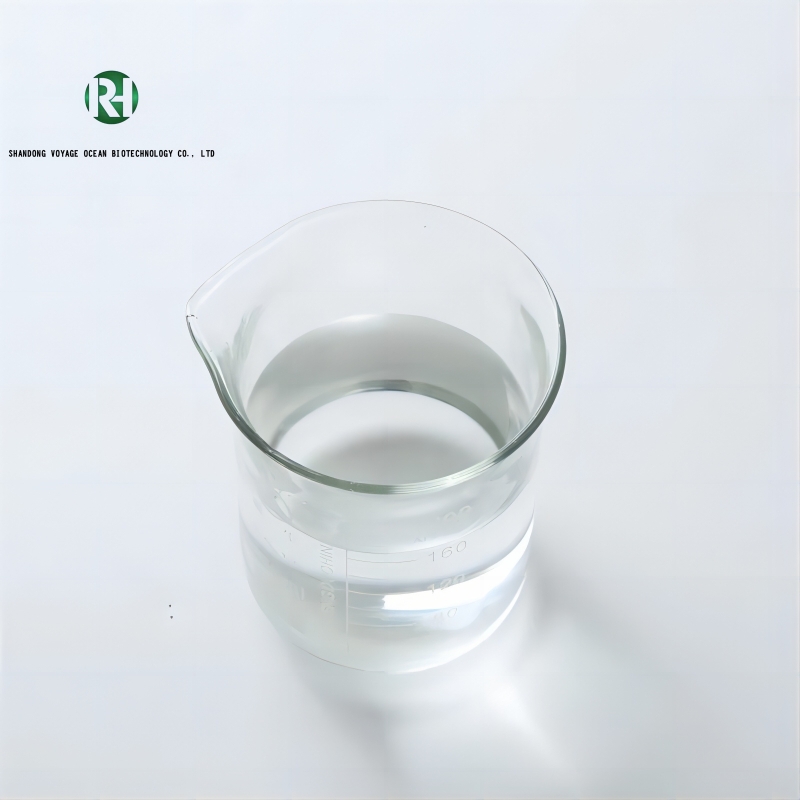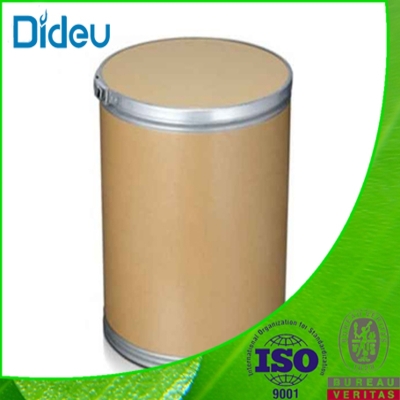Cosmetic Ingredient
- • Abrasive (124)
- • Absorbent (84)
- • Anticaking (66)
- • Anticorrosive (25)
- • Antifoaming (19)
- • Antimicrobials (290)
- • Antioxidant Ingredient (393)
- • Antiperspirant (20)
- • Antiplaque (48)
- • Anti-seborrheic (38)
- • Anti-sebum (39)
- • Antistatic (458)
- • Astringent (162)
- • Binding Agent (172)
- • Bleaching Agent (53)
- • Buffering (191)
- • Bulking (109)
- • Chelating (122)
- • Cleansing (679)
- • Cosmetic Colorant (212)
- • Cosmetic Preservative (158)
- • Denaturant (45)
- • Deodorant (98)
- • Depilatory (27)
- • Dissolving Agent (298)
- • Emollient (795)
- • Emulsifying Agent (480)
- • Emulsion Stabilising (154)
- • Exfoliating (19)
- • Film Forming (299)
- • Flavouring (72)
- • Foam Boosting (161)
- • Foaming (101)
- • Fragrance Ingredient (726)
- • Gel Forming (19)
- • Hair Conditioning (670)
- • Hair Dyeing (363)
- • Hair Fixing (36)
- • Hair Waving or Straightening (45)
- • Humectant (282)
- • Hydrotrope (92)
- • Keratolytic (20)
- • Light Stabilizer (80)
- • Moisturising Agent (50)
- • Nail Conditioning (42)
- • Occlusive (20)
- • Opacifying (119)
- • Oral Care (123)
- • Oxidising (19)
- • Perfuming (2105)
- • Plasticiser (98)
- • Propellant (19)
- • Reducing (50)
- • Refatting (12)
- • Refreshing (26)
- • Skin Cleansing (388)
- • Skin Conditioning (1751)
- • Skin Humectant (21)
- • Skin Protecting (282)
- • Smoothing (31)
- • Soothing (71)
- • Tonics (155)
- • UV Filter (34)
- • Viscosity Controlling (532)
Chemicals as Skincare Ingredients
Related News
Antimicrobials
3-Amino-2-chloro-6-methylphenol
(84540-50-1)-
Industrial grade / 99%
-
Pharmacy Grade / 99.5%
-
- / 99.00%
-
Pharmacy Grade / 99%
Request for quotation , get quotes from more suppliers.
-
- / 98%
-
Pharmacy Grade / 99%
-
- / 99.00%
-
Reagent Grade / 99%
$45-50/KG FOB
Request for quotation , get quotes from more suppliers.
Silver sulfate
(10294-26-5)-
- / 99.00%
-
industrial Grade / 98%
-
-
![Silver(I) sulfate buy Silver(I) sulfate]()
Industrial Grade / 99.0%
Request for quotation , get quotes from more suppliers.
Chlorine dioxide
(10049-04-4)Bleaching cellulose, paper-pulp, flour, leather, fats and oils, textiles, beeswax; purification of water; taste and odor control of water; cleaning and detanning leather; manufacture of chlorite salts; oxid
-
Cosmetics Grade / 99.5%
$1-1.2/MT FOB
-
Chemical Grade / 98%
-
-
-
Cosmetics Grade Medical Food grade / 99%
-
Cosmetics Grade / 99%
-
Cosmetics Grade / 99%
-
Cosmetics Grade / 99%
$20-26/KG FOB
Request for quotation , get quotes from more suppliers.
Dicarboximide
(113-48-4)-
- / 99.00%
-
![N-(2-Ethylhexyl)-5-norbornene-2,3-dicarboximide buy N-(2-Ethylhexyl)-5-norbornene-2,3-dicarboximide]()
-
![N-(2-Ethylhexyl)-5-norbornene-2,3-dicarboximide buy N-(2-Ethylhexyl)-5-norbornene-2,3-dicarboximide]()
Industrial Grade / 99.0%
-
![N-(2-Ethylhexyl)-5-norbornene-2,3-dicarboximide buy N-(2-Ethylhexyl)-5-norbornene-2,3-dicarboximide]()
Industrial Grade / 99%
Request for quotation , get quotes from more suppliers.
[60]Fullerene
(99685-96-8)-
Cosmetics Grade / 99%
-
-
Pharmacy Grade / 99%
-
API Grade / 98%
Request for quotation , get quotes from more suppliers.
-
Cosmetics Grade / 99%
-
Industrial Grade / 98%
-
pharma grade / 99%
-
Request for quotation , get quotes from more suppliers.
1,3-Dioxan-5-ol
(4740-78-7)-
Pharmacy Grade / 99.5%
$1.3-1.4/KG FOB
-
- / 99.00%
-
Food Grade / 99%
$20-25/KG FOB
-
- / 99.5%
Request for quotation , get quotes from more suppliers.
Nobiletin
(478-01-3)-
Chemical Grade / 99%
$1/KG FOB
-
-
Pharmacy Grade / 99%
-
- / 99.00%
Request for quotation , get quotes from more suppliers.
Source Antimicrobials Raw Materials by Region
More Information
Antimicrobial agents are used to inhibit the growth and spread of harmful microorganisms in the body. These agents are essential tools in combating bacterial, viral, and fungal infections, working to disrupt the mechanisms that allow these microbes to thrive.
Antimicrobial agents work by targeting and disrupting the vital functions of microorganisms, such as bacteria, viruses, or fungi, impeding their ability to grow and reproduce. Through various mechanisms, these agents effectively neutralize or inhibit the infectious organisms, promoting the elimination of the threat.
Causes of microbial infections
•Exposure to harmful bacteria, viruses, or fungi.
•Weakened immune system due to factors like stress or medical conditions.
•Poor hygiene practices or contaminated environments.











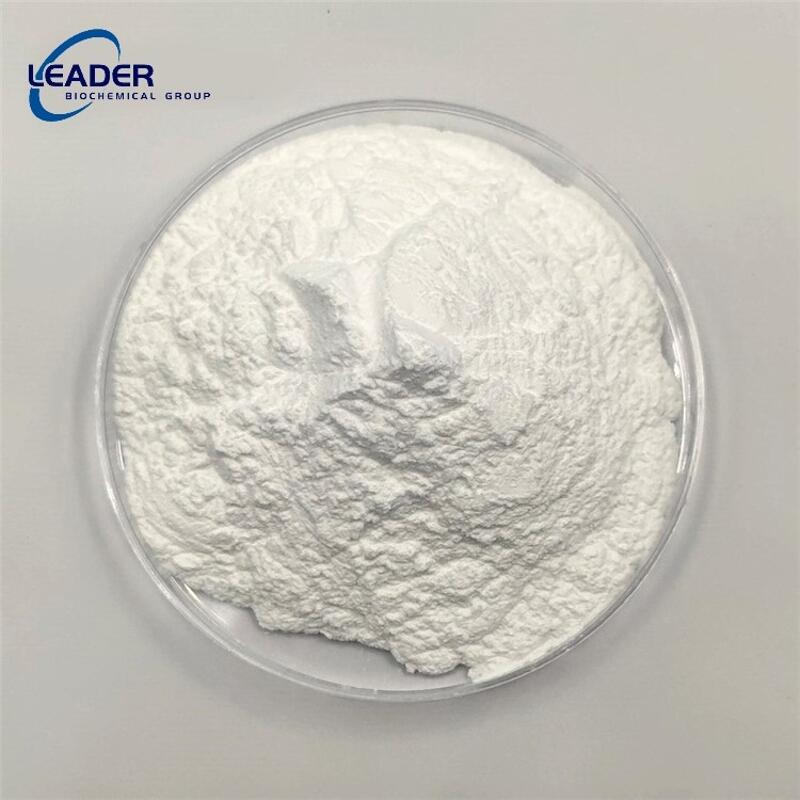






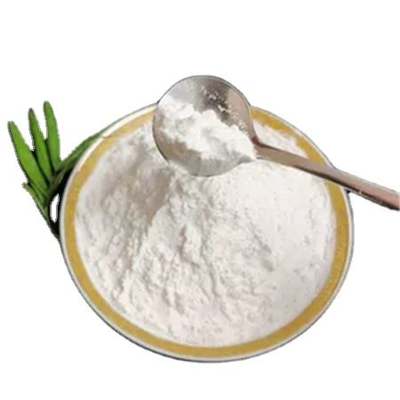


![chloroperoxyl[qr];Chloryl radical buy chloroperoxyl[qr];Chloryl radical](https://file.echemi.com/fileManage/upload/goodpicture/20230804/m20230804173951053.png)


